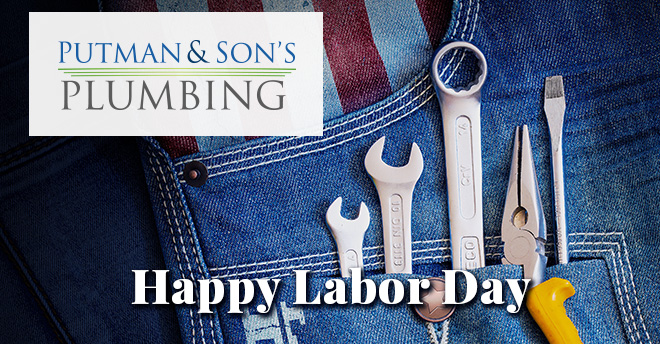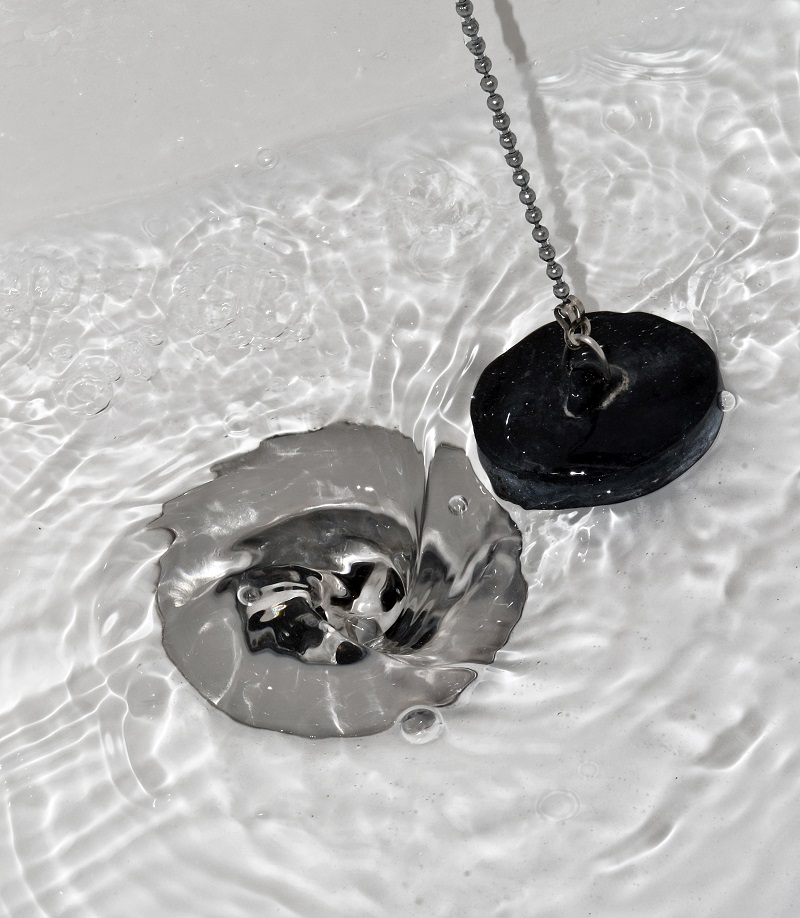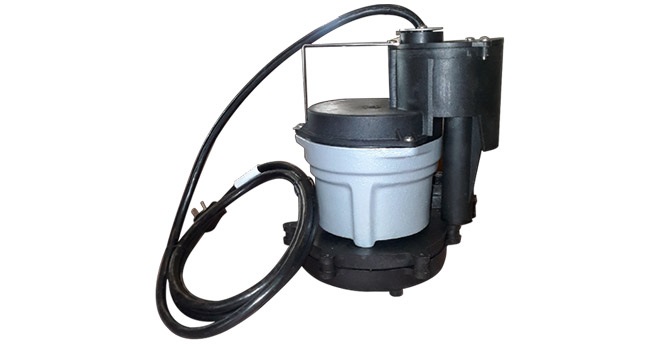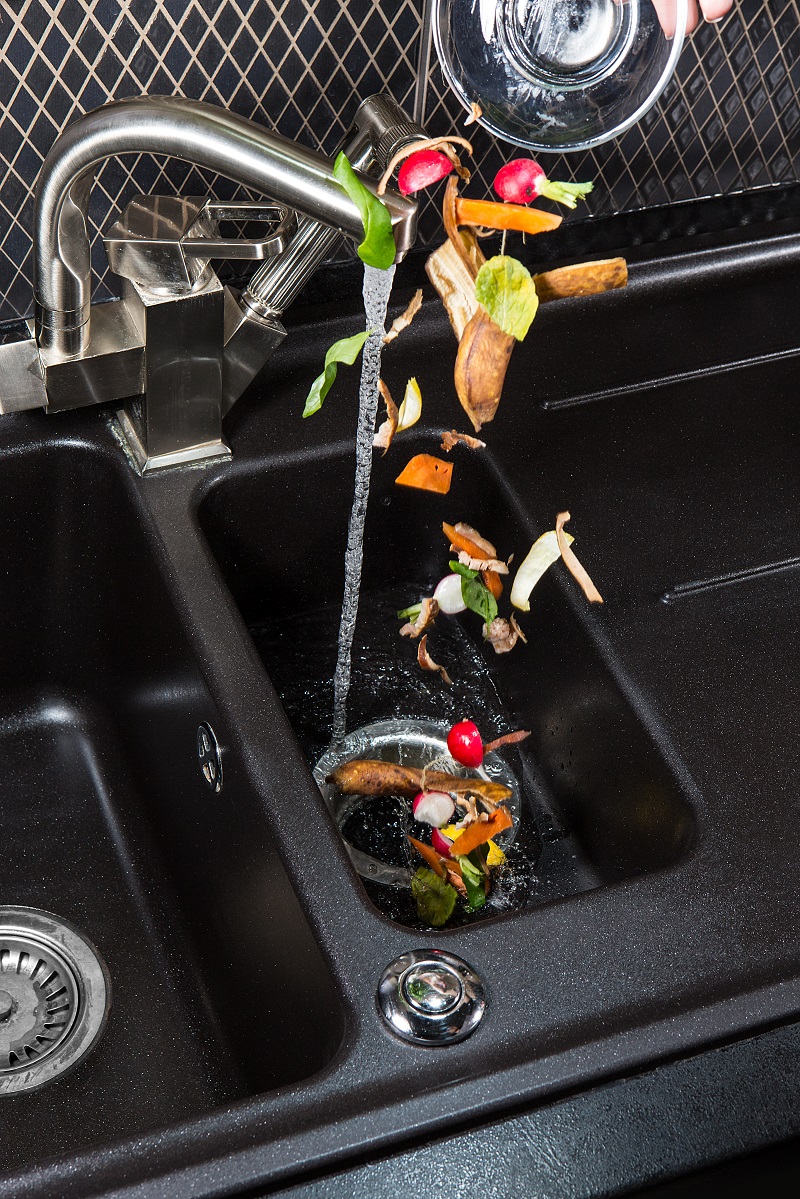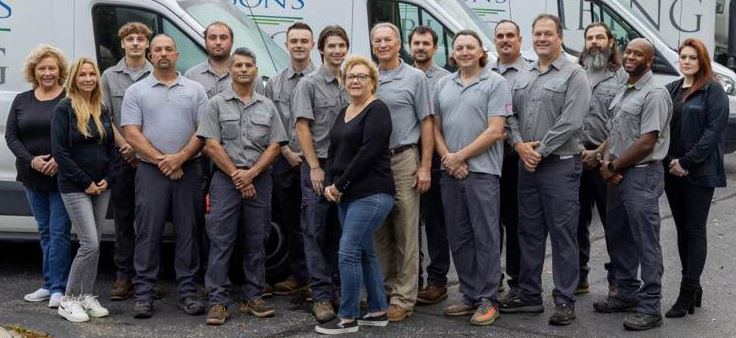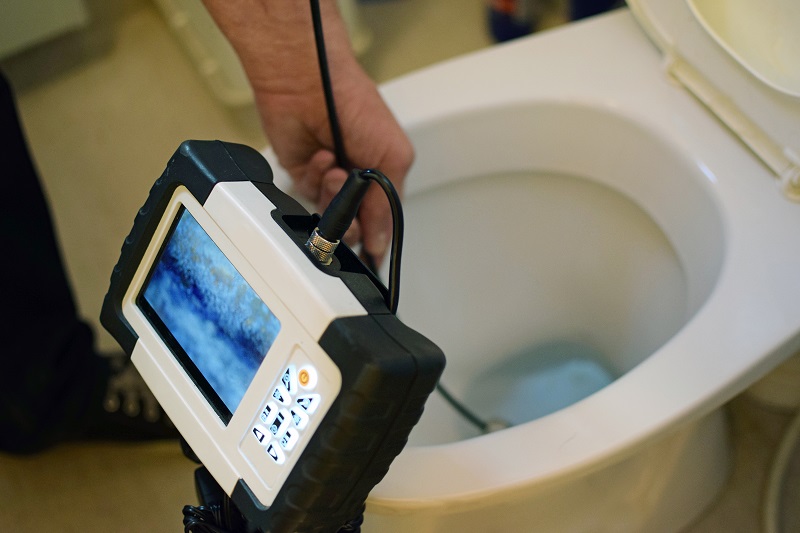
Every home needs a functioning toilet. This is one feature that everyone in your household requires. When things go wrong, the bathroom can get very unpleasant very quickly. So what should you do if you have a clogged toilet?
- Stop the Water to Prevent an Overflow
The first thing to do is to stop water from flowing into the bowl to prevent an overflow. This can be done by shutting it off from behind the toilet or by reaching into the tank and closing the flapper.
- Clear Toilet Clogs with a Plunger
Grab your plunger and try to unclog the toilet. The initial push will pump out any air, so keep in mind that you may need to try several times. Don’t push too hard to prevent splashing. Once the plunger has a good seal on the bowl, pump it up and down then break the seal and remove the plunger. Everything should rush down the drain if it worked.
- Try Clearing Clogs with Baking Soda and Vinegar
Baking soda and vinegar can work as a non-toxic drain cleaner and deodorizer. Pour one cup of baking soda into the bowl and wait a few minutes before slowly pouring in two cups of vinegar. You should see bubbles appear. Allow the mixture to work for several more minutes before trying to flush to see if the blockage is clear.
- Use a Snake to Break Through Clogs
A plumbing snake is a common tool that can get through tough clogs. You should use a toilet auger specifically because other varieties can damage porcelain. Insert the head of the snake and turn the handle clockwise to begin. Wind the snake back in if you feel resistance. Repeat until the clog loosens and you can flush it down.
Call a Plumber
If these DIY clogged toilet fixes don’t work, or if you have repeated clogs, you may need to talk to a professional plumber. Contact Putman & Son’s Plumbing today to schedule a visit to find and fix what’s causing toilet backups in your home or business.
